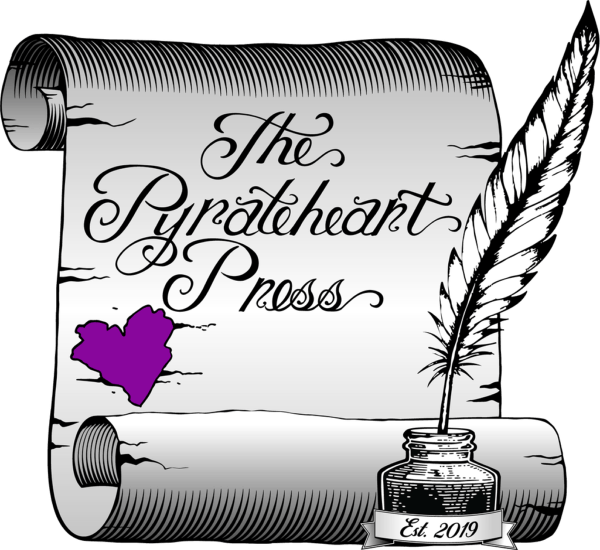Let’s Talk Italics
Italics have become something of a standard in writing these days. Everywhere I look I see italics being used. Unfortunately, I don’t subscribe to many of the usages of italics in writing. I find it a lazy man’s means of writing.
Let’s take a look at italics. Italics are in fact simply handwriting. Most of us slant our script to the right. When manuscripts were handwritten, there were no italics to use for emphasis since everything was cursive in style. Italics in other words.
Then there were the stylized italic texts of the bibles and other texts written by scribes in fonts they created to be artwork. It made the work hard to read even if you could read. Most couldn’t back in those days. They had to rely on royalty or clergy to read to them. None cared about such things as italics. The storyteller took the liberty of where and when to emphasize the story based upon his audience more than the punctuation or use of such things as italics.
Then came the Gutenberg Bible. The book credited with being the first one printed with movable type. It was printed in Latin in a medieval style font. The medieval equivalent of block lettering which in fact resembles script. The letters have no slant to them, so they technically consist of no italics but, the argument could be made they are italics.
Printing became more economical and more efficient. More fonts were developed. Fonts based upon script. Most of the early books are printed in some form of italics. The words are slanted. They copy the written word. However, the slant lends no special attachment to the usage of the words. No special emphasis implied.
Somewhere around the sixteenth century italicized words or letters were used to emphasize what the printer wanted. It was a clear indicator in the seventeenth century. Especially in the usage of the first letter of a chapter. However, the industrial revolution ended a lot of that.
A need to standardize became the problem. Printing presses and their blocks were manufactured. Each manufacture created their own blocks using their own font. Something they often fought over for control or possession. However, the process to make the presses were similar. It was industrialized. The printer’s blocks came off the assembly the same each time. A capital T was a capital T to whoever the manufacturer sold the press to.
These blocks cost money. A lot of money. Money something printers of newspapers and books never like to spend. They didn’t use many italics. Block writing was simpler and cheaper. It had to be since it was what was offered. The manufacturer produced italic blocks, but why bother? Only the big newspapers or book printers used italics. Though they used lino-types to copy the work so cursive writing and italics and other forms of writing were available when all you had to make was one original and used a copier to create your work.
Fast forward to the age of the typewriter. This is where writers came into their own. A person could sit in front of this contraption filled with keys and hammers and produce page after page of type. They didn’t need a printing press to produce these. Not that presses lost anything to typewriters. What happened was writers became revolutionized in their ability to produce clean and clear documents.
Which meant someone wanted rules for the writing. Rules for the way this type was used. Such as the APA style used by most newspapers and magazines to this day. Now what needs to be emphasized here is typewriters didn’t have italic hammers inside them. If someone needed to type in italics, they had to have all of their hammers removed and replaced. Not a cost-effective solution.
So, italics fell out of favor among the typewriter set. Printers still used them when necessary since the cost of blocks had decreased over the ages. As had the means to produce thousands of pages of the same thing. On the document a reporter might type “The Titanic set sail today.” On the newspaper pages it would read “The Titanic set sail today.”
Rules were developed for italics among those who could create them. Among those who wrote books, italics became frowned upon. They wrote on typewriters. To emphasize something, they had to type it. Move the carriage back and then hit the underline key again and again until the piece they wanted emphasized was underlined. A process no writer wanted to do.
So, writers learned how to write without italics. Created the tension or emphasis with their words and not slants. Something I agree with. I don’t like slants telling me when or how my tension is or what to emphasize. I like the writing to tell the story. I need to feel it from the story itself.
However, this is two thousand and twenty. (By the way, for books you write out the date and in the APA style you write in numbers like 2020.) The writing rules vary like the English they are written in. There are new rules. Well, not rules but guidelines.
Italics are used to show when a character is speaking to themselves. Whether or not you use quotation marks is left up to the writer or editor. I believe the trend to italicize self-speech was popularized by Stephen King. He also doesn’t use quotation marks in this application.
I bow to modern convention on this one. It is easier to differentiate for the reader. Though we didn’t need to differentiate for most of my reading life. Over fifty years now. I don’t like it, but I use it.
The same with using italics for emphasis. Most writers overuse this. It is a lazy means to write. Why write the tension or emphasis or the reason for it when all you need to do is italicize one word. Lazy. And it leaves out some of the best writing an author can develop. I think it is wrong. However, I once again bow to convention at times. If I see a suitable reason to leave something italicized, I will. I don’t like it, but I allow it due to the modernization of such things.
I believe only a few things need italics. The names of ships or books. Titles. Special items only. Not the word that because a writer wants to emphasis it in a sentence. Get rid of the word and write a better sentence. Period. Write the reason for the emphasis. Develop the sentences to show the tension. Write it out, don’t slant the damn thing.
I’m Ross, The Editor at The Pyrateheart Press and I’m out.






